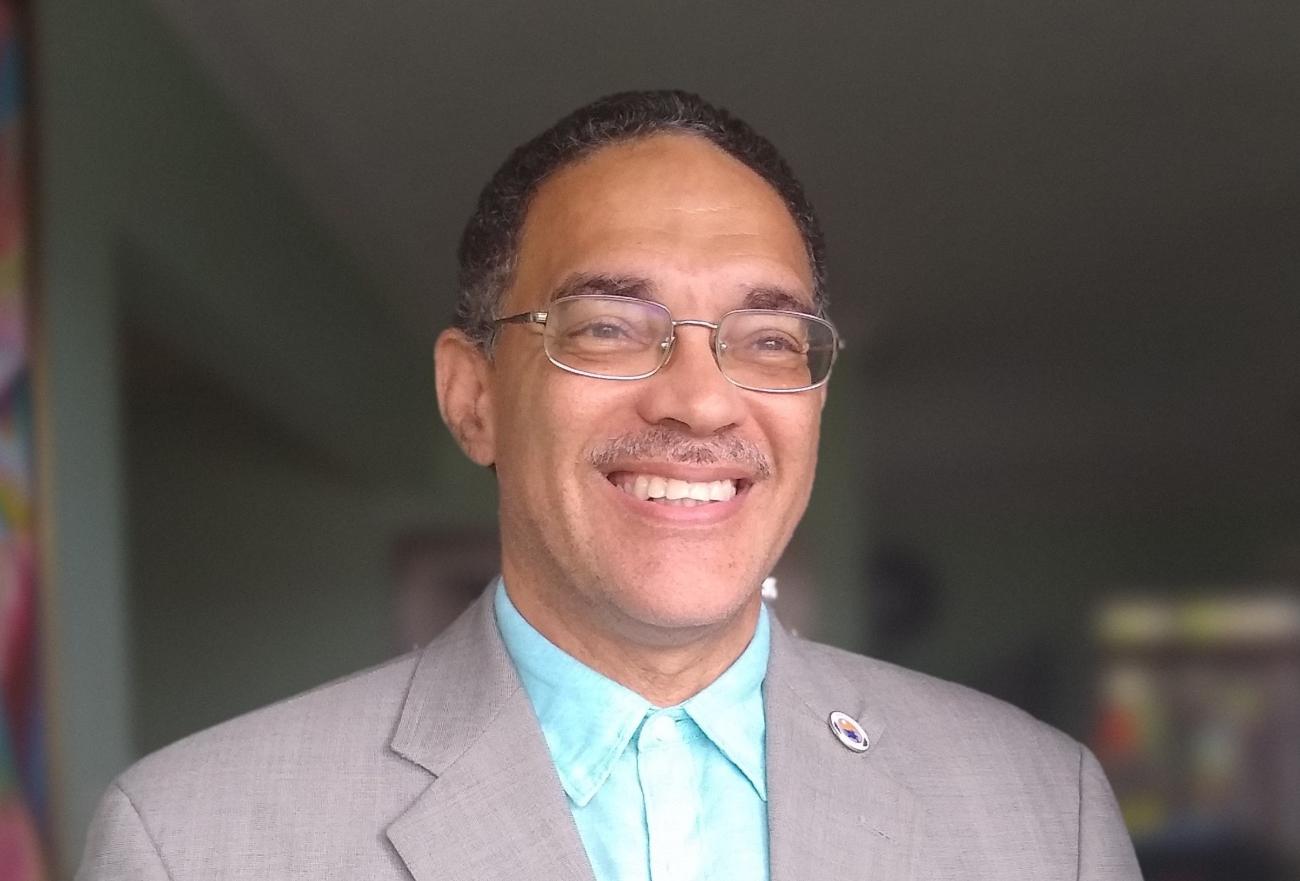A Caribbean perspective on Stockholm+50

Christopher Corbin, Officer-in-Charge of the Cartagena Convention Secretariat in Jamaica, considers the legacy of the 1972 UN Environment Conference.
What do you see as the greatest legacy of the 1972 UN Conference on the Human Environment?
The 1972 conference placed environmental issues, environmental diplomacy and justice on the map. It helped governments and the public view nature not as something abstract, but the foundation of our lives, our livelihoods and our future. It showcased the inextricable link between humans and the natural environment, and the need for collective global action to halt the degradation of our land, water and air.
The conference promoted a set of common principles to inspire and guide peoples of the world in the preservation and enhancement of the human environment and set the stage for the formal global environmental agenda. The establishment of the UNEP Regional Seas Programmes was just one such achievement.
Our own Cartagena Convention was a landmark for the Wider Caribbean Region in 1986 - the first legally binding agreement for the protection and sustainable development of the Caribbean Sea. Our efforts and those of many other global and regional governance frameworks continue to promote action and integration – on mercury, on plastics. We continue to amplify our efforts to respond to the triple planetary crisis. We are just one part of a much larger global family, but the 1972 conference was where it all started.
The slogan of the 1972 conference was Only One Earth. We are using the same words as the hashtag for the Stockholm+50 meeting. What do these words mean to you?
In 1972, there was no Internet, many countries were isolated because of challenges in communication and cost of travel. We learned about other cultures through books and movies. When we did travel, it was more as a luxury or a privilege. And while we may have understood that we were connected, did we really appreciate just how much?
“Only one Earth” means more now than it ever did. It highlights that Planet Earth is our home – for every one of us. It is not for exploitation by mankind, but for harmonious co-existence between humans, habitats and species.
Countries have territorial waters and exclusive economic zones, but we speak -and rightly so - of one ocean. The negative impacts of transboundary marine and air pollution, climate change and COVID-19 are felt everywhere. Every action counts but also has consequences, not just for our immediate environs but for Planet Earth – for Mother Earth. It is our Home; our only Home and we need to protect it for the wellbeing of all.
If you could have one wish, what should be the legacy of Stockholm+50?
Stockholm+ 50 allows us as part of the Global Commons to reflect, to evaluate, and most importantly to learn. What have we achieved? Where have we failed? What and how could we have done better? Above all, it allows us, like a child, to dream without restrictions - to aspire for great things for Planet Earth. The legacy of Stockholm+ 50 should be that we all collectively believe – really believe - we can do better and must do better. To demonstrate clearly and unambiguously that people and nature can coexist in harmony with peace, dignity, and social justice for all.
The Cartagena Convention, which entered into force in 1986, is the first and only legally binding agreement that protects the Caribbean Sea and promotes the sustainable development of its marine and coastal resources. It also serves as the legal framework for the Caribbean Environment Programme. Further protocols were adopted as follows:
1990: The Protocol on Marine Biodiversity protects, restores and improves ecosystems in the Caribbean while safeguarding endangered species. It enters into force in 2000.
1999: The Protocol on Marine Pollution is the first regional legally binding agreement on marine pollution. It enters into force in 2010.
2000: The Protocol on Biosafety ensures the safe handling, transport, and use of organisms that have been modified using modern biotechnology.
This interview was published by the UNEP - Caribbean Environment Programme as part of its Q and A series with representatives of Multilateral Environment Agreements (MEAs).

